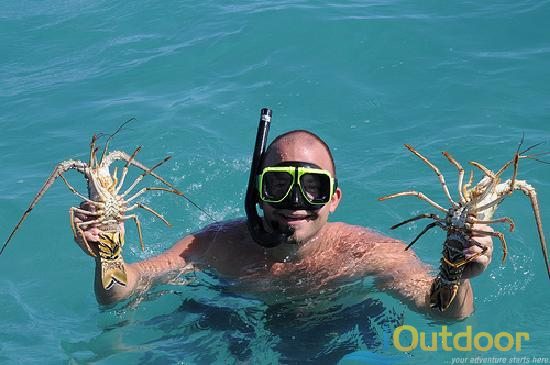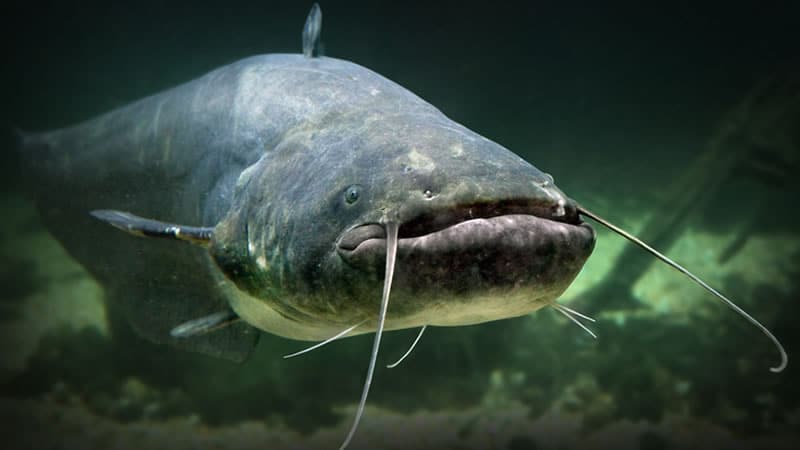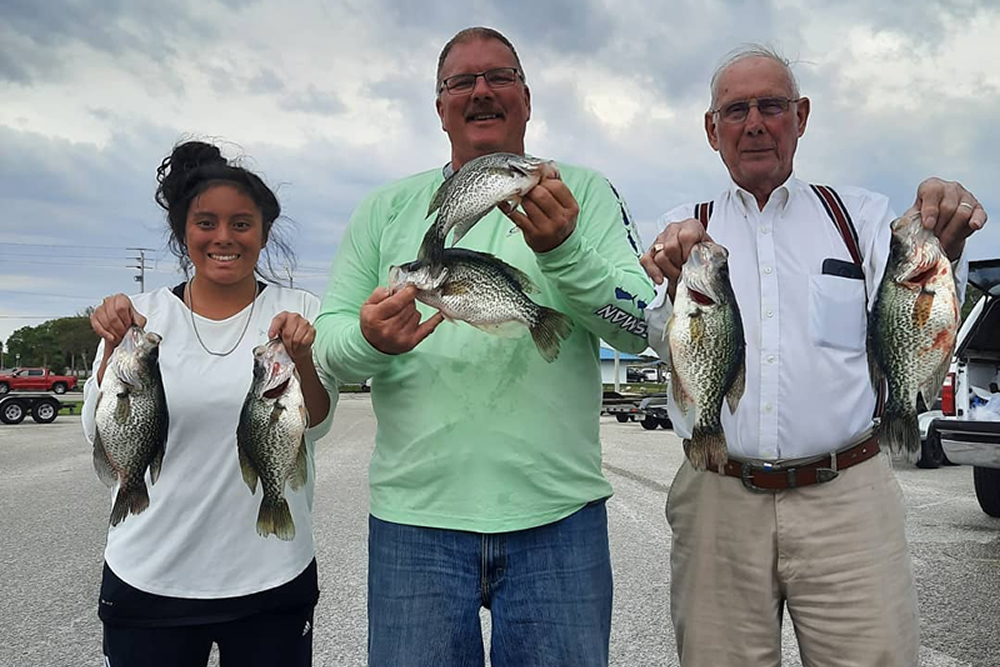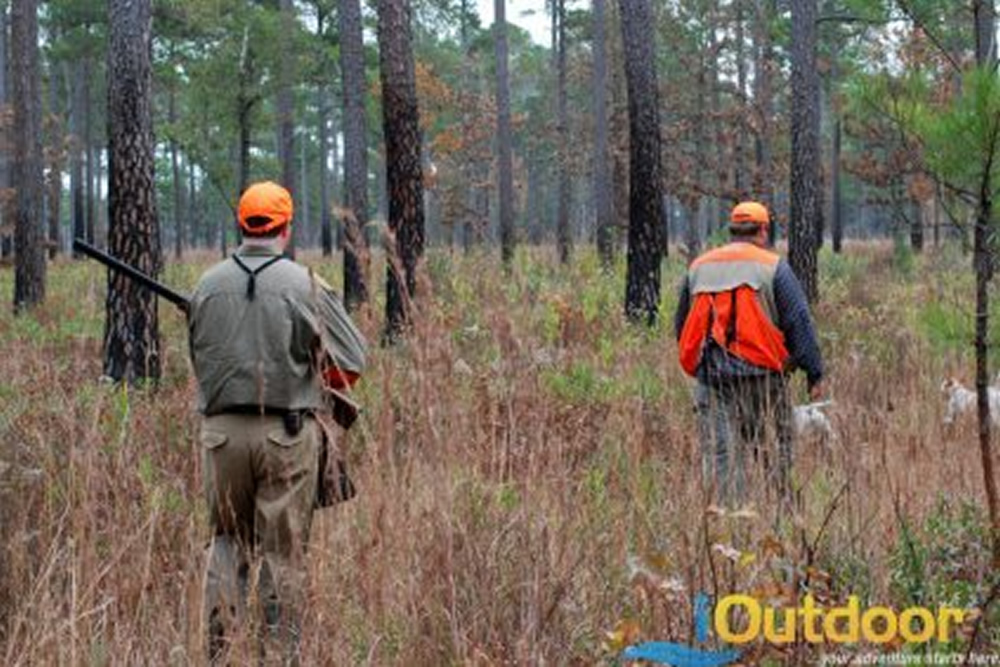What You Must Know for Lobster Hunting
Lobster hunting is one exhilarating experience no untrained beginner should ever attempt to do alone let alone to hunt unequipped. When it comes to hunting for lobsters, it is best to get to know the lobsters first for there are many types out there. It is also important to learn the tricks of the trade such as the different types of lobster catching. Lastly, it is also important to bring along the right gear.
Getting to Know the Lobster
Knowing more about the lobster and its behavior will help hunters find it. Knowing where lobsters usually hide is a great way to start. In order to look for hidden lobsters, hunters should start checking holes. Hunters can also find lobsters by covering ground and looking for antennas. Lobsters are typically social, so if a hunter can find one, chances are there are more located near. Novice divers or lobster hunters may find it difficult to hunt for lobster in the day. This is because during daytime, lobsters usually hide themselves, a natural instinct which helps them to avoid being eaten by their natural predators. Lastly, being able to differentiate a male from a female lobster is important. It is illegal for lobster hunters to hunt the females because this may affect the reproduction of lobsters and the number of the species in the area.
Catching the Lobster
The most basic way to catch a lobster is to grab it. This, however, is not an easy feat especially for novice divers. The first rule to always remember when grabbing lobsters is to avoid getting urchin spines that can get embedded on the grabbing hand. This is because most hidden lobsters, those located in holes, are almost always usually accompanied by sea urchins. There are different ways of catching the lobster. First is the quick grab or flatten method and the second is the speed and sudden swat.
Needed Gears
It is important to come to a lobster hunt prepared. There are many gears a diver must need. The most important is the gloves. Hunter gloves should preferably have a non-slip grip and extremely strong and tear resistant. A tickle stick can also be brought by lobster hunters especially when out hunting in the day. The tickle stick and help coax lobsters out from deep holes. It is recommended to use an extendable tickle stick. A fishing net may also be used as it can give the hunter added reach. Lobster bags are also a must to bring when lobster hunting. The ideal lobster bag should have a one-way plastic flat that makes it easy to put lobsters in but impossible for them to get out. For hunters who need a little assistance with grabbing lobsters, a lobster snare may be brought along and used. Lastly, and most importantly, is the lobster gauge, a measuring device that measures a lobster from its eye socket to the end of its carapace. A lobster has to be the right size in order to be considered a legal catch. Lobsters measuring less than 83 mm long is too young and hunters should therefore released back it to sea.
Keeping it Legal
While lobster hunting is enjoyable, the right measures must be practiced and observed in order to keep the activity legal. The lobster industry is regulated by law and regulations should therefore be followed.







